A Summer to Remember: Reflections on San Angelo's "Kids Eat Free" Program
2020 has been filled with choppy notes of uncertainty and need for flexibility for the work of the San Angelo office of the Texas Hunger Initiative. However, the resilience of the San Angelo community presented a euphonious glimmer of hope through the Kids Eat Free (KEF) program. KEF volunteers and community partners stepped up during the summer meal gap to serve 22,337 total meals to children and their families.
In San Angelo, this gap occurs during the 5-week period from July to August, where the San Angelo Independent School District (SAISD) does not provide meals to children. At least 61 percent of SAISD children who are eligible to receive free or reduced lunch through the National School Lunch Program are affected.
The community collaboration through partnerships proved vital for the busiest summer on record for KEF, which began 11 years ago. KEF is coordinated by the Texas Hunger Initiative, operated out of the Tom Green County Hunger Coalition in the San Angelo region, and powered by the faith-based community. This year, as in years past, collaboration was essential in providing these summer meals. KEF received support from the Concho Valley Food Bank, SAISD, Methodist Healthcare Ministries, and the Alcohol and Drug Abuse Council for the Concho Valley.
The backbone of KEF are volunteers, church youth groups and other community members, who gave 6,113 hours to the effort. In addition, the Concho Valley Regional Food Bank volunteers and staff spent countless hours preparing Friday Food Bags. In the midst of a pandemic, the number of meals served increased by 8,481 meals, reflecting a 62 percent increase over the number of meals served in 2019—a highlight considering that KEF operated with two fewer meal sites than last year.
Betty B., KEF Site Coordinator from Calvary Baptist is one of several long-time volunteers and site coordinators who have seen the evolution and fruition of the program from its beginning. Collectively, she noted, “The quick adaptation to social distancing, wearing masks, and curbside pick-up, redefined the traditional landscape of KEF.” Prior to 2020, congregate meals were served at churches, gyms, and apartment community rooms filled with activities for children and families. This year, sites served curbside and received donations from local organizations to hand out take-home bags filled with activities, pens, and other crafts to safely enjoy at home.
An important aspect of KEF that hasn’t changed is the relationships between participants and site volunteers. “We get to know the families really well. I’ve been invited to one woman’s bridal shower. I’ve definitely seen a lot of new families this year, though,” says Becky, the site coordinator at the Belaire neighborhood site.
“Knowing there was food for my children every day was a blessing. I am so thankful to provide for my three kids in the summer,” stated a KEF participant.
Through the efforts of all the KEF partnerships, THI has fulfilled our commitment to help families in need by ensuring that no child has to go hungry during the summer meal gap in our community.
Authors: Jen Stephenson and Mary Herbert
9/18/2020

